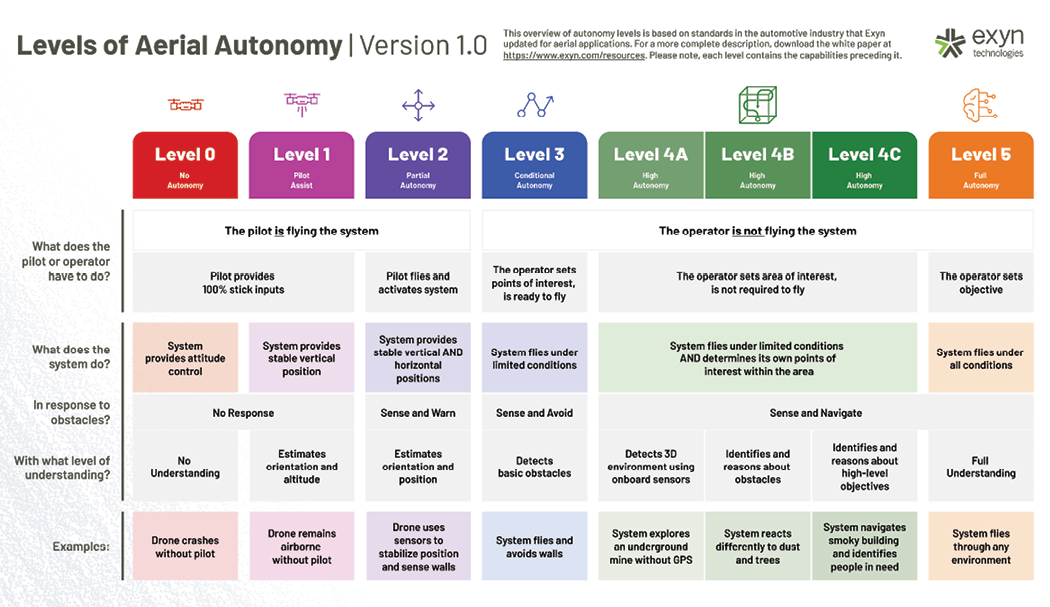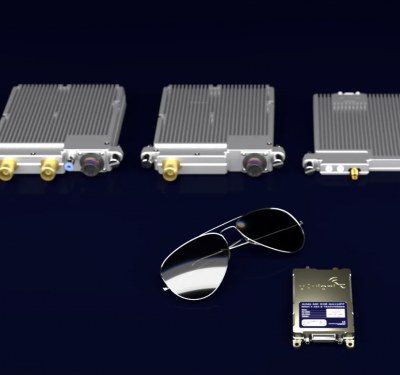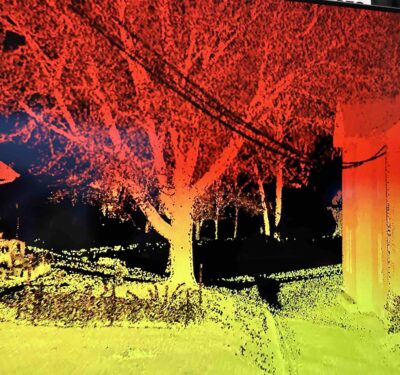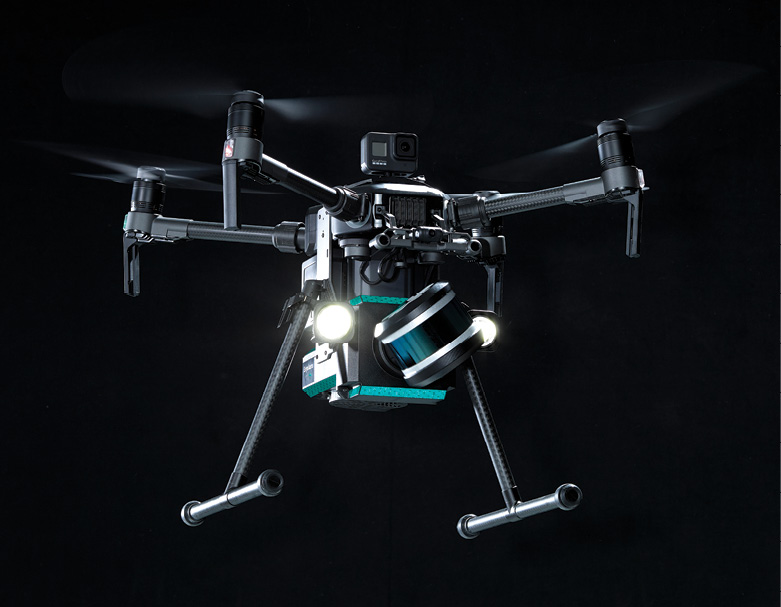
With drones capable of freely exploring highly complex, unmapped and unknown spaces without human intervention, Exyn Technologies in Philadelphia announced in April that it had achieved the most sophisticated level of aerial autonomy to date. The company suggests that such autonomy can make aerial robots more, not less, collaborative by increasing the complexity of interactions between humans and drones, and relieve people of the chores needed to fly less autonomous machines.
“Instead of a micromanagerial role like people have with drones now, improving autonomy will allow more a managerial role,” said Ben Williams, chief operating officer of Exyn.
Exyn specializes in autonomous unmanned aerial vehicles for complex, GPS-denied environments. “Our most common use case is cavity monitoring in underground mining,” Williams said. “We inspect large empty spaces that either have been recently blasted with explosives to create cavities, or have not been touched in a while, so we don’t know how safe they are. We don’t want survey teams to go into these very dangerous environments, so we design software for drones to regularly monitor these spaces and generate high-accuracy models.”
Examining such dark, cluttered, dusty and likely dangerous spaces is especially challenging without GPS to help guide drones. “Autonomy is really key to removing people from these difficult environments,” Williams said.
When it comes to autonomous cars, trucks, buses and other vehicles, the Society of Automotive Engineers (SAE) has classified automated driving into six levels since 2014. In the first three levels, the driver remains in charge—Level 0 involves warning and momentary assistance features such as automatic emergency braking and blind spot warnings; Level 1 involves steering, or braking or accelerating, to support the driver; and Level 2 involves steering, braking and accelerating to assist the driver. The final three levels count as automated driving—Level 3 requires a human driver to take control if the system demands it; Level 4 allow driverless autonomy under limited conditions; Level 5 permits driverless autonomy in all conditions.
“People have been talking about Level 4 autonomy in driverless cars for some time,” Exyn CTO Jason Derenick said in a statement. “But having that same degree of intelligence condensed onboard a self-sufficient UAV is an entirely different engineering challenge in and of itself.”
Now Exyn has similarly classified aerial autonomy into six levels and claimed its drones have achieved the highest level yet. Unlike the SAE Levels, these new classes account for how drones have to maneuver in three dimensions, as well as how they pack all their intelligence and sensors into a fraction of the total body size with severe weight restrictions.
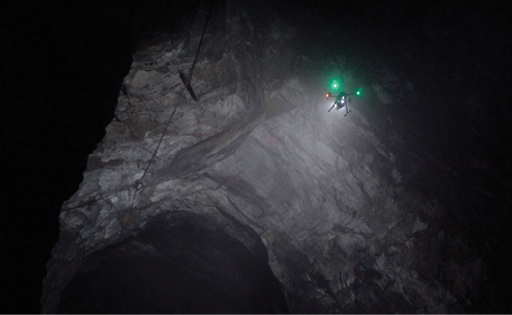
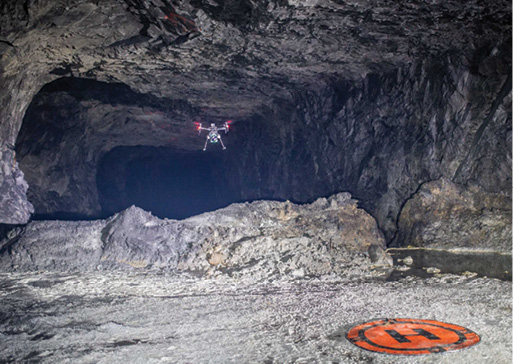
AUTONOMY A LA EXYN
In the first four levels of Exyn’s aerial autonomy, the pilot flies the system. Level 0 involves attitude control at most, and the drone crashes without a pilot; Level 1 provides stable vertical positions, so the drone remains airborne without a pilot; Level 2 can sense and warn about obstacles; and Level 3 can sense and avoid obstacles.
With Level 4 autonomy, an operator is not flying the drone. Exyn claims its drones have achieved what it calls Level 4A autonomy, meaning it can use onboard sensors to detect its 3D environment. At Level 4B, drones can identify and reason about obstacles. At Level 4C, drones can identify and reason about high-Level obstacles. Finally, at Level 5, drones have full autonomy, and can fly through any environment, with the operator just setting objectives.
“Exyn’s latest technology demonstration pushes the boundary of what can be done with autonomous flying systems in situations where GPS is not available. Getting aerial systems to fly reliably in cluttered environments is extremely difficult, and manual piloting in underground settings is often impossible,” Camillo Taylor, professor of computer and information science at the University of Pennsylvania, said in a statement. “Having a solution that allows human operators to task these systems at a very high level without needing piloting expertise opens up a number of applications in autonomous inspection of mines and other critical infrastructure.”
With Level 4A systems, Exyn noted, its drones could freely explore highly complex spaces by themselves without any human operator planning its flight path. In ideal conditions, the company said its drones can fly at speeds of more than 7.2 kilometers (4.5 miles) per hour, twice as fast as previous UAS during such missions, to cover 16 million cubic meters in a single flight, or the equivalent of nine football stadiums.
“We were at Level 3, where we might have 95% autonomy from the beginning to the end of a mission, but we still had to rely on a person in some areas,” Williams said. “With the transition to Level 4A, we can just define an area for a drone to map, and it will plan for itself what areas to go to, how to maximize the amount of information it gains from a big volume, even if there’s a drop in communications.”
Exyn was probably capable of claiming Level 4 autonomy a year ago, Williams noted. “But we wanted to do the quality assurance work to be confident in the dependability of the system, so we flew out in the wild for quite a while, putting it through the wringer with many, many hours of underground tests through edge cases, adjusting its parameters and figuring out how to optimize the system,” he said.
Williams noted Exyn claimed the highest level of autonomy based off a system the company devised itself. “We would have preferred an industry standard we could hew to, but no one had taken the lead on it,” he said. “If our classification system becomes the standard in the industry that everyone can adhere to, that makes it better for customers, and for folks building basic technology to start characterizing what could enable the next level of autonomy. Claiming some level is fun from a marketing perspective, but it doesn’t advance the industry—what we want is for this to be an open standard to benefit the industry at large.”
All in all, greater autonomy can offload the rote mechanics of flight and path-planning from a person’s brain to the UAS, Williams said. “Reducing that mental load means that operators can collaborate with drones on higher-level tasks,” he said.
Exyn will roll out level 4 autonomous capabilities over the next few months. “A lot of the work with this improved autonomy was figuring out how to apply it to customer needs,” Williams said. “With our user interface design, we designed a few prepackaged mission types if the user already knew the structure. And if they didn’t know what the structure looks like, they can, say, tell the drone to explore a volume 100 or 300 meters out and tell them what’s out there.”
As for higher levels of autonomy, “soon, soon,” Williams said. “We’re focused on putting 4A to market before working on expanding the levels of capability. We have to be mindful of what the market supports—we’re a company, so we can’t just push levels of autonomy for kicks.”
That said, Exyn has plans to up the autonomy level yet again, for a purposeful collaboration. As CTO Derenick noted, “we are already working on attaining Level 4B autonomy with swarms, or collaborative multi-robot systems.”
